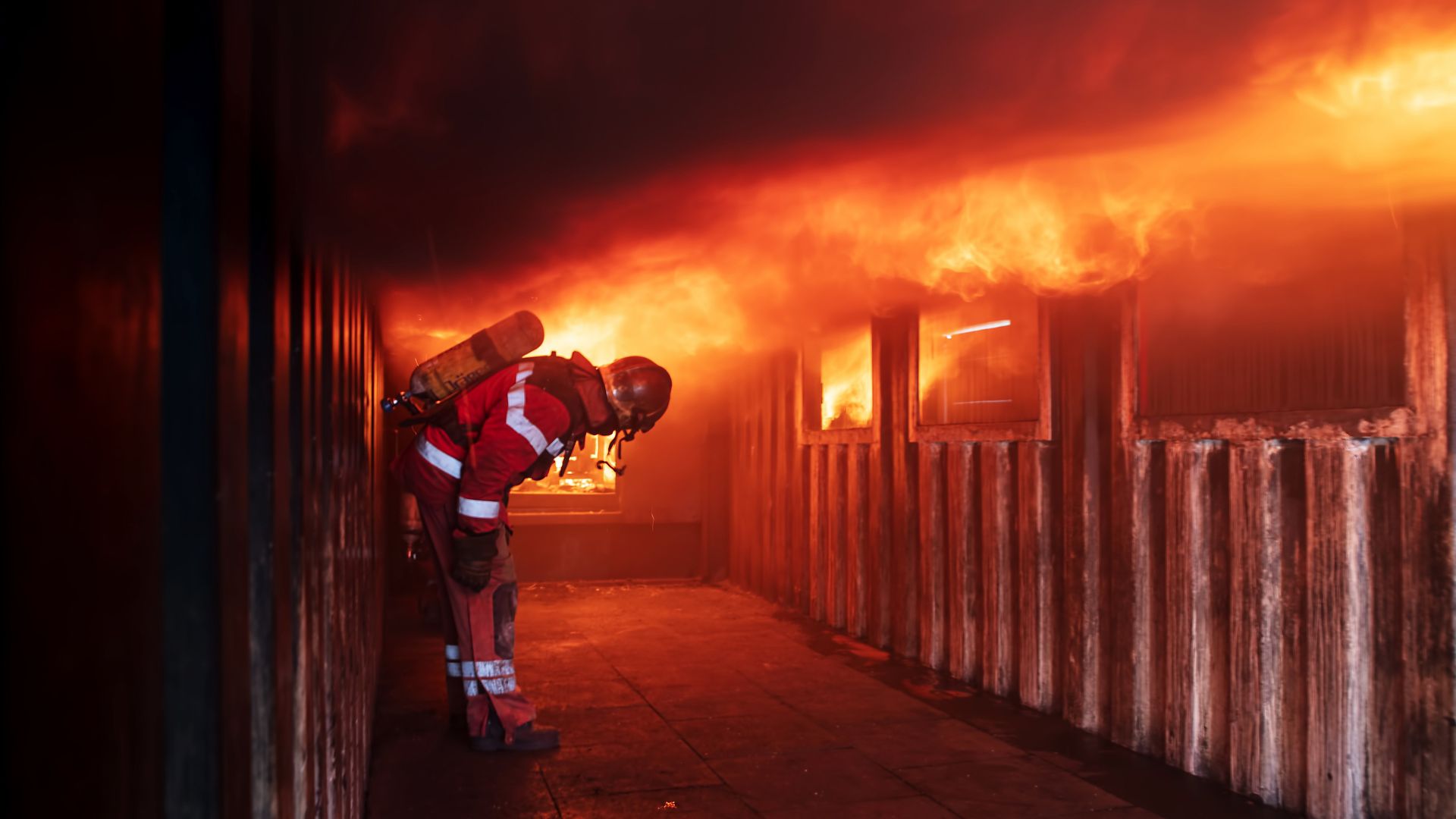Fire protection is an increasingly important part of today’s building industry largely due to urbanization. The more concentrated environments we live in, the higher the risk is for a life-threatening fire to spread quickly. Buildings and structures need protection against this imminent threat. Consistent use of integrated, passive fire protection is the most effective way to minimize this risk and protect people’s lives, their property and the environment.
What is Passive Fire Protection?
Seals and Penetrations as Weak Points after Fire Breakouts
Modern building frameworks are interspersed with multiple utility and network services including cables, pipes and ventilation ducts in both horizontal and vertical directions, resulting in countless penetrations through most of the walls and floors. Each of these penetrations and every joint between different building structures, elements and areas, is potentially a passage for the spread of flames, heat and toxic smoke into adjoining rooms and areas, which – in the worst case – may result in uncontrolled fire propagation throughout the entire building.
Active versus Passive Fire Protection
This is where fire protection comes into play. While active fire protection systems such as sprinklers can extinguish fires, passive fire protection is designed to prevent the spread of fire and contain it in defined compartments to minimize damage and even more importantly, to allow people in other areas the time to evacuate safely. In the event of a fire, the heat and smoke will spread through penetrations and joints in walls and floors, causing damage, endangering people and potentially also blocking escape routes.
Firestop Systems – An Essential Asset for Occupants and Owners
- Limits the spread of fire by containing it in a single compartment in its area of origin
- Slows the spread of toxic gas and black smoke, allowing people more time to escape more safely
- Provides vital escape time for people during fire incidents
- Protects escape routes, building structure and critical structural members
- Minimizes costs to rebuild after the fire
- Protects owners’ built assets
Sika - Your Partner for Fire Stopping Solutions
How to Choose the Correct Passive Fire Protection Solution?
With Sika fire stopping documentation, you can easily find the right products for your specific requirements, including all information needed.
Select the application type below.
Sika's Firestop Systems May Save Lives and Protect Property
Click on the image below to explore all the various types of Sika products and systems for passive fire protection.
Fire resistant silicone sealant for linear seals in walls and floors
Fire resistant acrylic sealant for service penetration and joint seals
Fire resistant acrylic sealant for linear seals and penetrations
Fire resistant mineral wool based backer rod system for linear seals
Fire resistant PU sealant for linear seals and penetrations
Fire resistant expansion foam for linear seals
Fire resistant intumescent sealant for penetration seals
Fire resistant acrylic sealant / coating for floor and wall intersections
Fire resistant ablative coating for a protection board
Fire resistant coated protection board
Fire resistant pipe collar
Fire resistant load bearing compound
Fire resistant pipe wrap
Fire resistant pipe wrap on a roll
Key Brands
Sikaflex®
Sikacryl®
Sikasil®
SikaSeal®
Sika Boom®
Sikacrete®
Sika's Expert Passive Fire Protection Knowhow
Download Library
Contact Us
Local Contact
Contact a Sika expert near you for technical support and locally available products and systems.
Global Support
Contact Sika's global representative in case you need our support in an international project.

